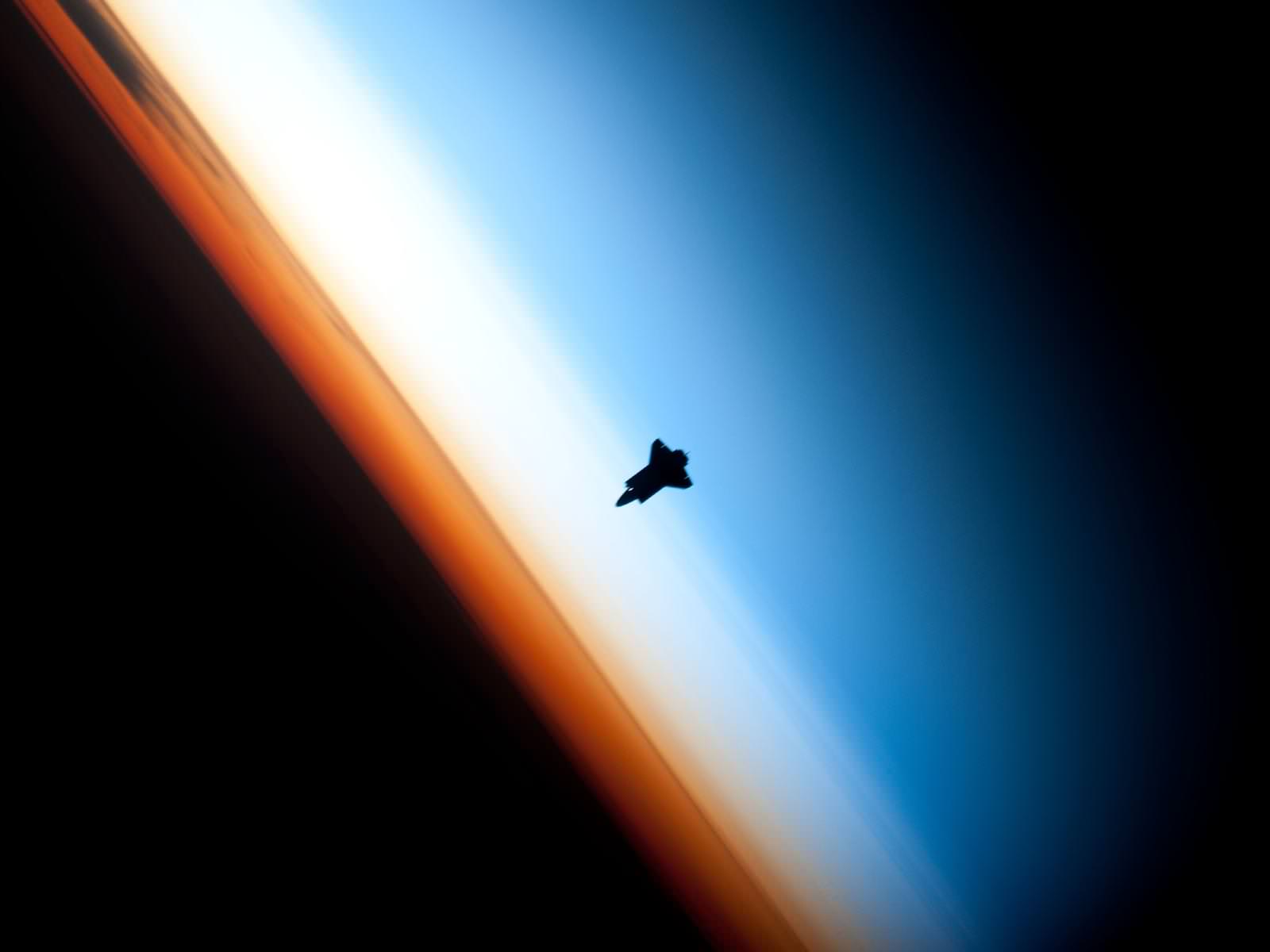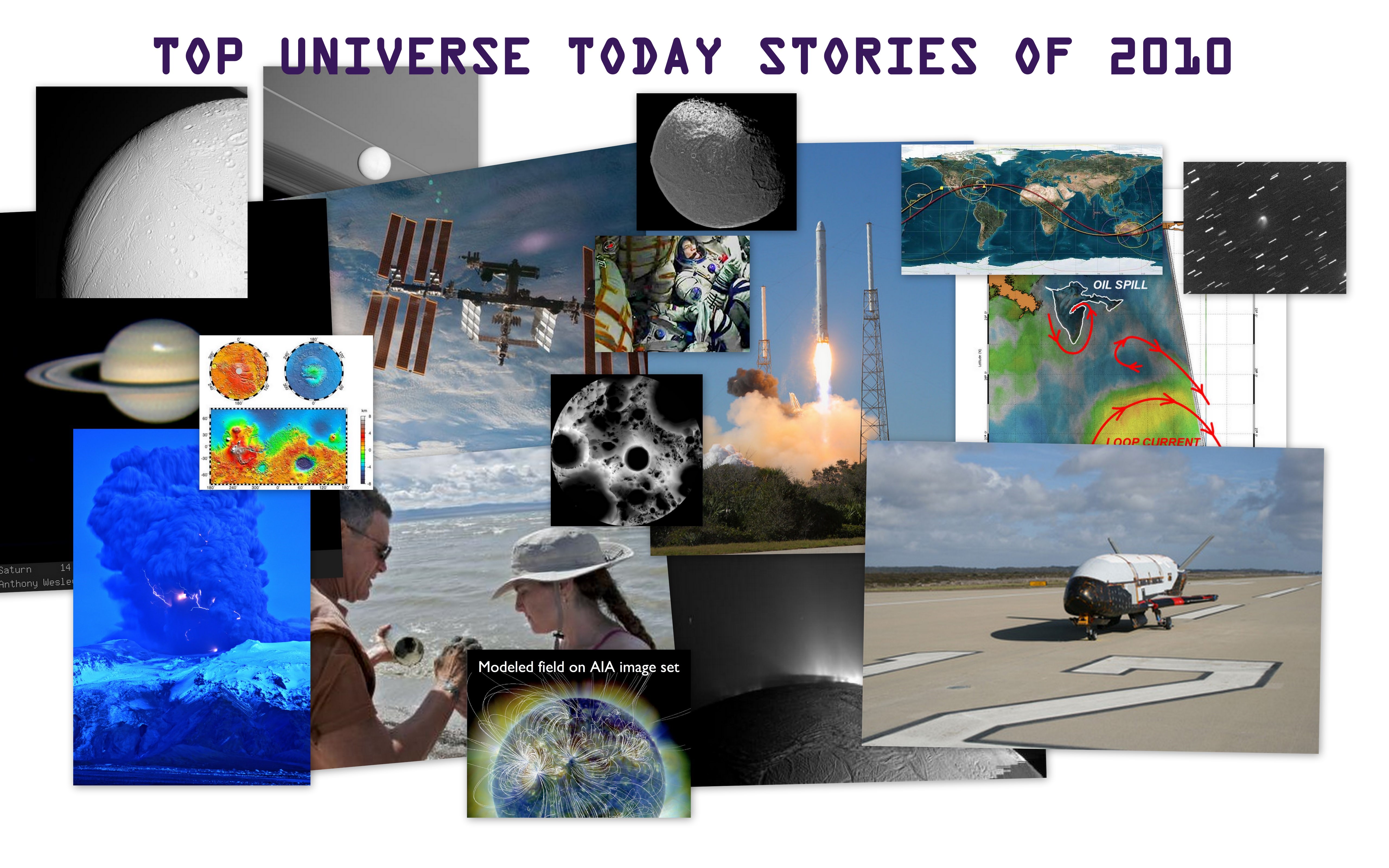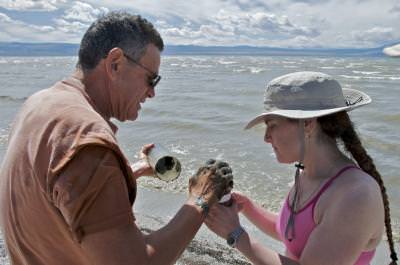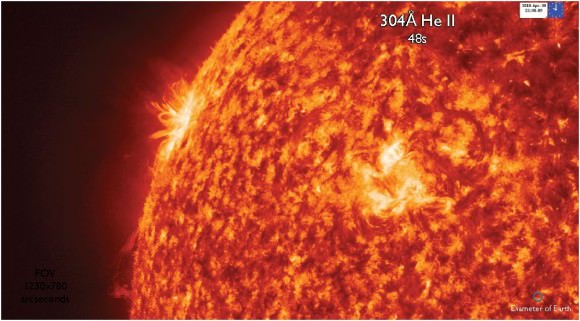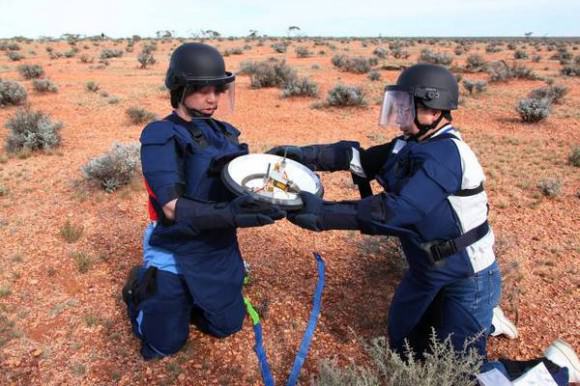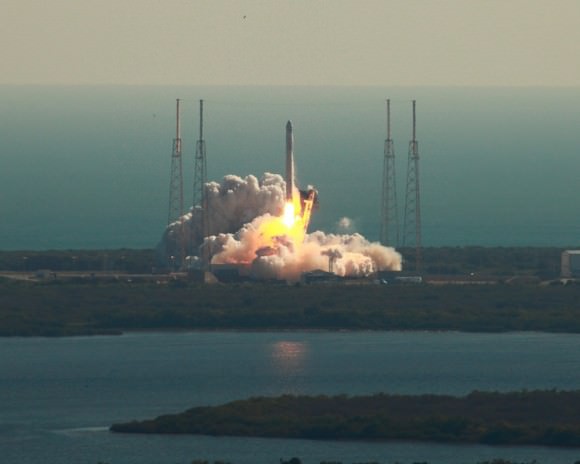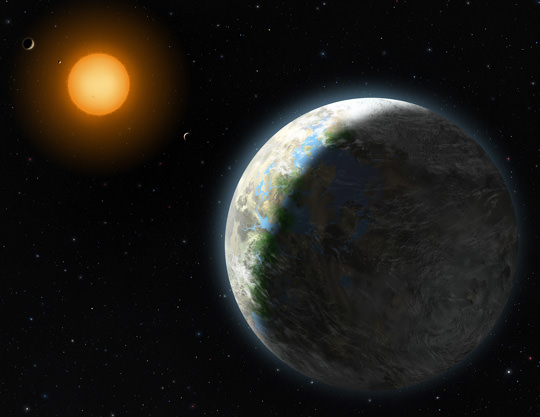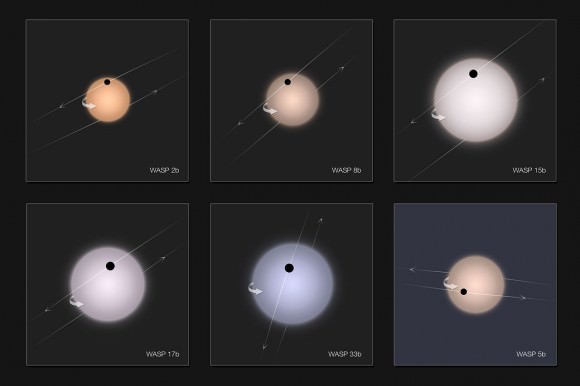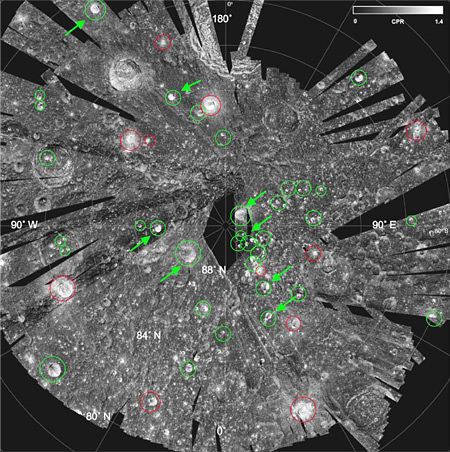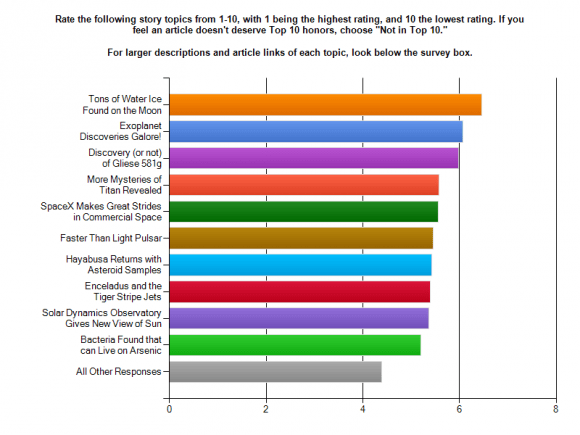[/caption]
Here are some of the best space and astronomy images from 2010. These are in no particular order or ranking, just our favorites from the year. If you think we’ve missed any, feel free to add or link to in the comment section. This top image, however, might be my personal favorite from 2010, an image of the space shuttle Endeavor backdropped by the breathtaking image of the earth’s atmosphere. This image was captured from the International Space Station the STS-130 mission on February 9, 2010.
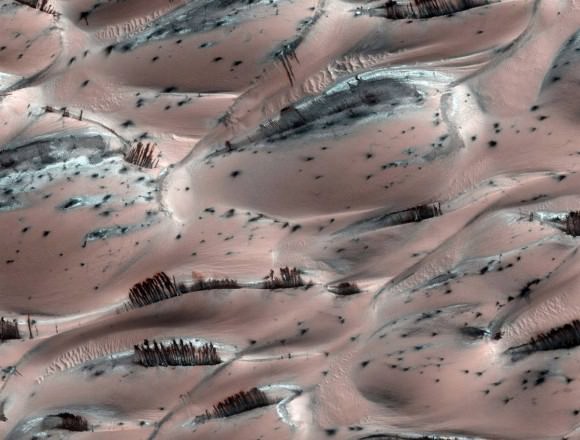
This might win the prize for weirdest image of the year. This picture of Mars’ surface from the HiRISE camera on NASA’s Mars Reconnaissance Orbiter has been compared to a close-up of a man’s face (complete with whiskers) or pine trees growing on the Red Planet. Scientists say the dark streaks are actually trails of debris, created by landslides that occur when carbon dioxide ice melts away from sand dunes near Mars’ north pole.
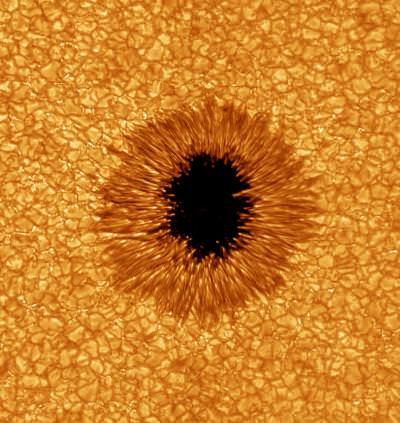
A new type of adaptive optics for solar observations has produced some incredible results, providing the most detailed image of a sunspot ever obtained in visible light. A new telescope built by the New Jersey Institute of Technology’s Big Bear Solar Observatory has seen its ‘first light’ using a deformable mirror, which is able to reduce atmospheric distortions. This is the first facility-class solar observatory built in more than a generation in the U.S.
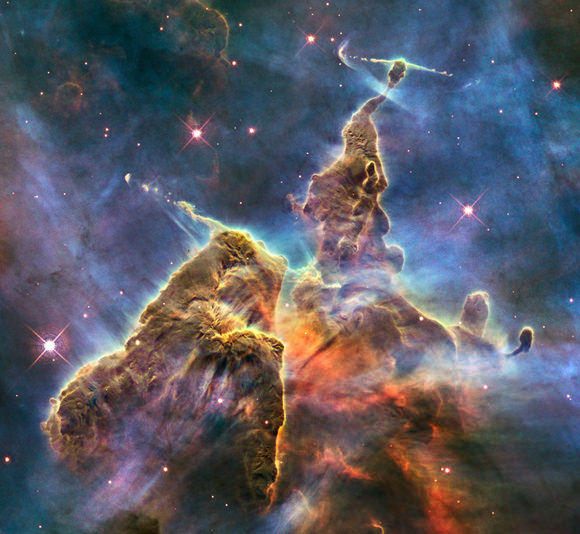
This image was released in commemoration of the 20th Birthday of the Hubble Space Telescope. The amazing view of what has been nicknamed “Mystic Mountain,” is just a small portion of one of the largest known star-birth regions in the galaxy, the Carina Nebula. Three light-year-tall towers of cool hydrogen laced with dust rise from the wall of the nebula. The scene is reminiscent of Hubble’s classic “Pillars of Creation” photo from 1995, but even more striking. “Mystic Mountain has clouds of gas and dust, that have not only baby stars, but also baby solar systems,” said John Grunsfeld, Hubble-hugger, repairman and now the Deputry Director of the Space Telescope Science Institute. “4.5 billion years ago, this may be what our solar system looked like.”
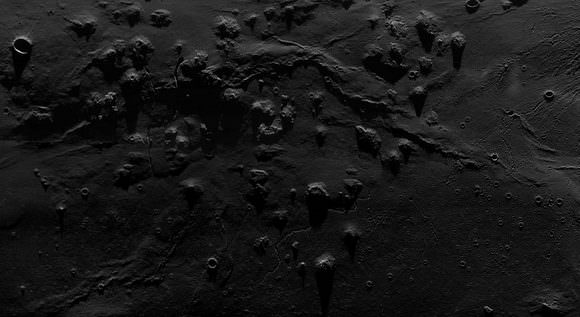
Here’s a look at the Moon in a way we’ve never quite seen it before: a close up, but wide angle view. The Lunar Reconnaissance Orbiter camera actually consists of three cameras: there are two narrow-angle cameras which make high-resolution, black-and-white images of the surface, with resolutions down to 1 meter (about 3.3 feet). A third, a wide-angle camera (WAC), takes color and ultraviolet images over the complete lunar surface at 100-meter (almost 330-foot) resolution. However, the raw wide-angle images are somewhat distorted by the camera, but Maurice Collins, a Moon enthusiast from New Zealand, found that putting several images together in a mosaic removes a lot of the distortions and produces a much clearer image. The results are nothing short of stunning; this jaw-dropping image of the Marius Hills region of the Moon is one example. For more, see Maurice’s website, Moon Science .
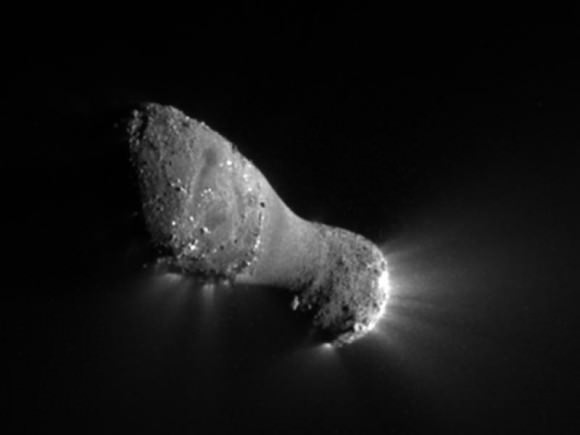
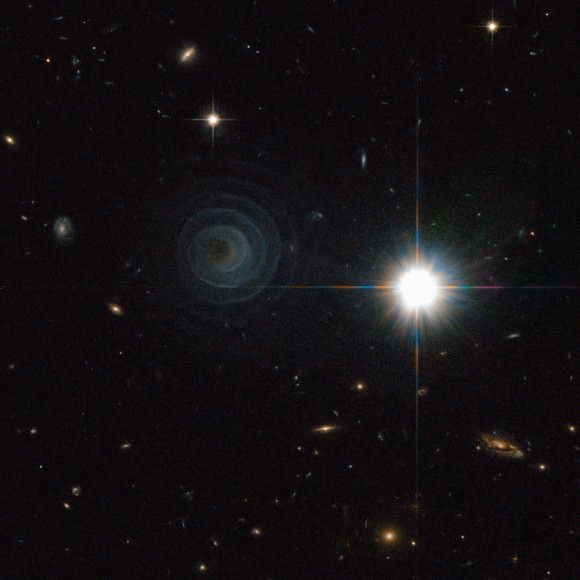
The Hubble Space Telescope’s Advanced Camera for Surveys has captured a remarkable image of a spiral in space earlier this year. No, not a spiral galaxy, (and not another Norway Spiral!) but the formation of an unusual pre-planetary nebula in one of the most perfect geometrical spirals ever seen. The nebula, called IRAS 23166+1655, is forming around the star LL Pegasi (also known as AFGL 3068) in the constellation of Pegasus.
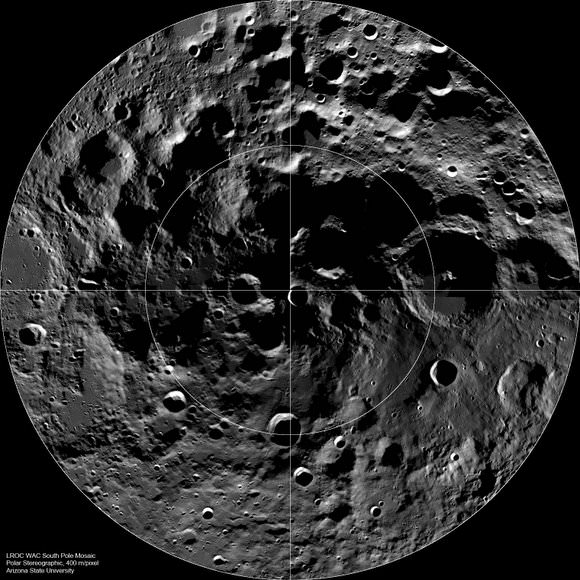
More wide angle Moon (guess I can’t get enough from The Lunar Reconnaissance Orbiter….) This wide-angle mosaic of the South Pole shows Cabeus Crater, where LCROSS impacted in 2009, as well as the Aitken Basin, which contains impact melt that will allow scientists to unambiguously determine the basin’s age, plus Shackleton crater, the region touted as the perfect place for future outposts and huge telescopes. The permanently shadowed regions in this crater wonderland could harbor reservoirs of ice and other volatiles contain a “priceless record of water composition dating back to the beginning of our Solar System, an incomparable dataset for astrobiology investigations,” said Mark Robinson, principal investigator for the Lunar Reconnaissance Orbiter Camera. “Additionally, these volatile deposits could serve as a tremendously valuable resource for future explorers.”
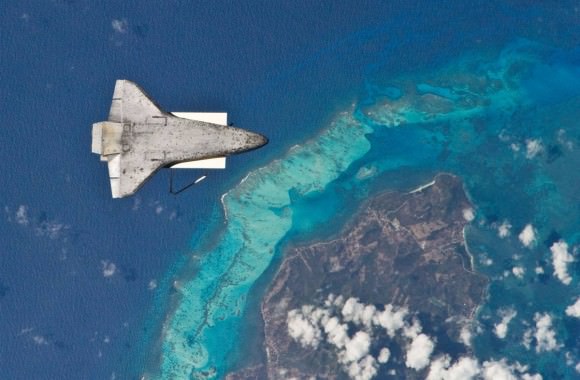
The underside of the space shuttle Discovery is visible in this view from the International Space Station, captured after the shuttle undocked on April 17. The pretty feature on Earth below is the south end of Isla de Providencia, about 150 miles off the coast of Nicaragua.

Another favorite from the ISS and the Cupola.
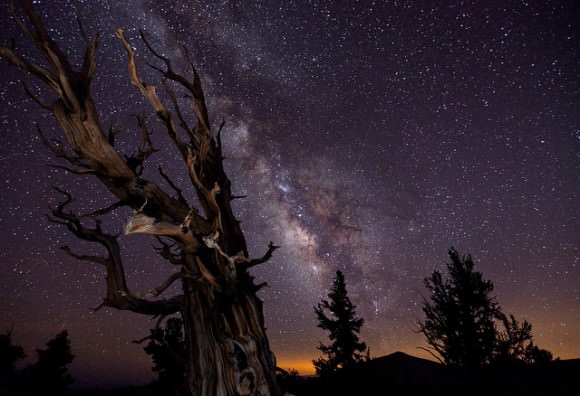
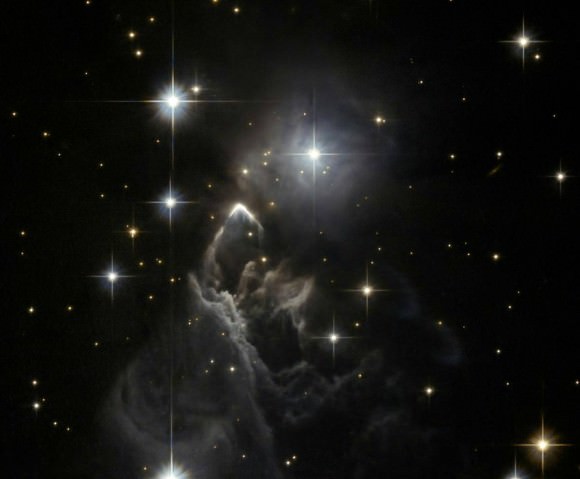
This image from the Hubble Space Telescope shows a ghostlike nebula known as IRAS 05437+2502. The nebula is a small star-forming region filled with dark dust that was first noted in images taken by the IRAS satellite in infrared light in 1983.

Here’s a personal favorite — the launch of Endeavour on February 8. Why a favorite? I was there to watch the launch live and in person, which left me speechless. A great shot by UT photographer Alan Walters.
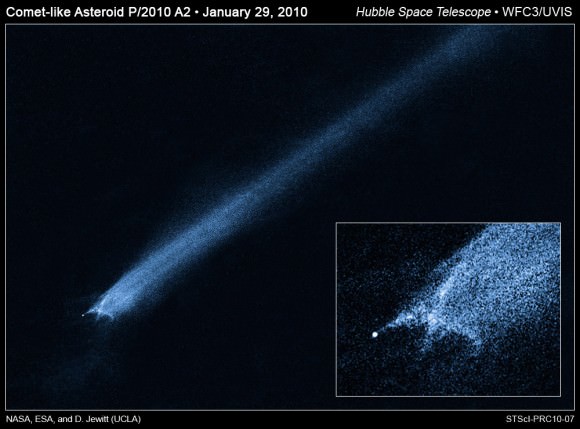
Hubble took a look at a possible asteroid collision after it was originally seen by ground-based observatories
on January 6, 2010, spotted evidence of an asteroid collision in the asteroid belt, revealing a mysterious X-shaped debris pattern and trailing streamers of dust. With Hubble’s sharp vision, astronomers believe a head-on collision between two asteroids may have occurred. Astronomers have long thought the asteroid belt is being ground down through collisions, but such a smashup has never been seen before.
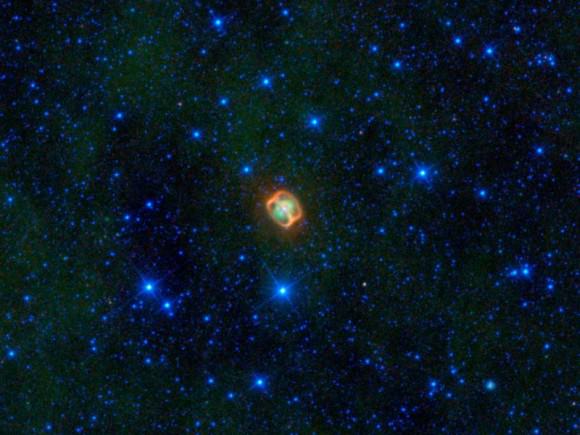
It’s not like we’ve never seen the planetary nebula NGC 1514 before, but we’ve never seen it though WISE’s infrared eyes, until now. And in a stunning surprise, cylindrical rings appear to be encircling the dying star, like a neon-lit carousel, or perhaps like rolling tire surrounding a glowing blob. “I just happened to look up one of my favorite objects in our WISE catalogue and was shocked to see these odd rings,” said Michael Ressler, a member of the WISE science team at JPL. “This object has been studied for more than 200 years, but WISE shows us it still has surprises.
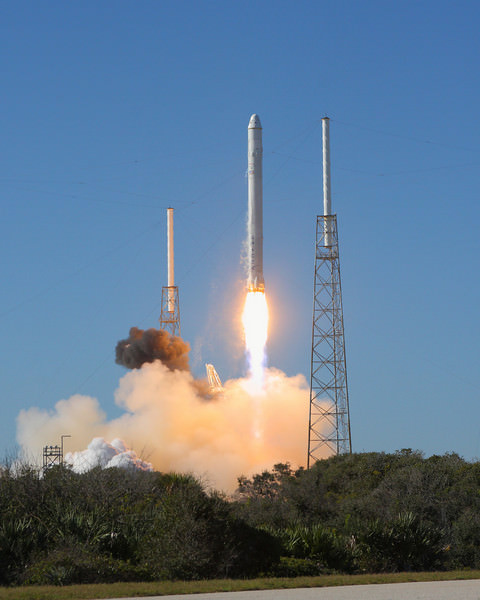
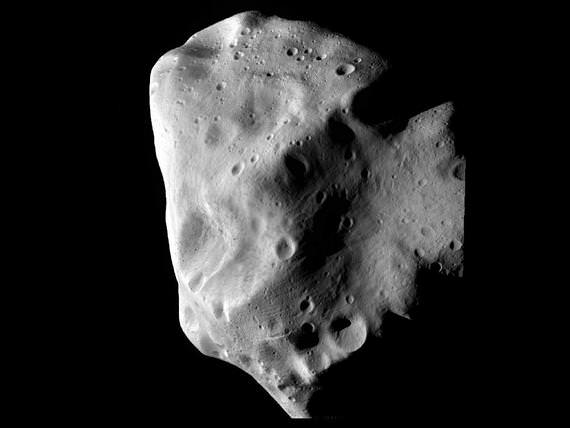
The Rosetta spacecraft flew by asteroid Lutetia, returning the first close up images of this battered, cratered body. Closest approach took place on July 10, at a distance of 3,162 km (1,964 miles). The images show that Lutetia has been on the receiving end of many impacts during its 4.5 billion years of existence. As Rosetta drew close, a giant bowl-shaped depression stretching across much of the asteroid rotated into view. The images confirm that Lutetia is an elongated body, with its longest side around 130 km (80 miles).

